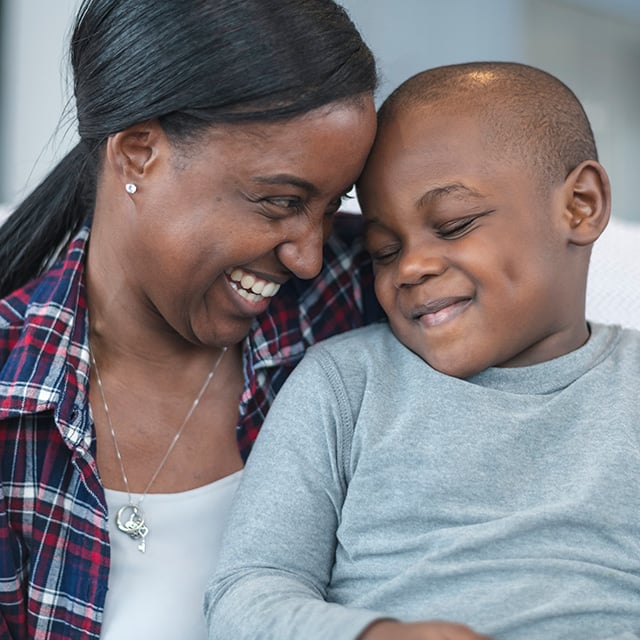As recently as the mid-1980s, many thought that babies didn't feel or remember pain. Thankfully, we now understand that babies and children not only experience pain just as adults do but that pain can slow their healing and have a lasting impact on their well-being. Untreated pain can make a child anxious, depressed, or fearful about seeking medical care. Adults who experienced unrelieved pain in childhood have higher rates of anxiety and depression. Therefore, prompt attention to pain in children is crucial.
At UCSF Benioff Children's Hospitals, we believe children have a right to medical treatment that involves as little pain as possible. Whether your child is getting a vaccine, being treated for a serious illness or undergoing surgery, we're dedicated to minimizing the pain.
What is pain?
Pain is complex: There are different types, and people experience them in different ways. Pain may be short-term (acute) or chronic (when symptoms last more than three months). Pain may feel sharp, burning, stabbing, aching or any number of other ways.
While pain usually starts from damage to tissues – through injury, disease, a treatment or a procedure – additional factors may influence how it feels. A child's pain can be worsened by stress, anxiety or depression; by how they were taught to think about pain; or by family trauma, such as financial instability, divorce or domestic violence.
Children's ideas about what's happening to their body also can affect how they experience pain. For instance, if they fear that their insides could fall out through a surgical incision, they may have more incision pain and refuse to move, which can lead to a more painful recovery. That's why it's important to explain what a procedure or treatment will involve and encourage your child to ask questions about their treatments and express their worries.
Ultimately, individuals experience pain differently and express it differently, too. We use a variety of methods to assess the nature and severity of children's pain, so we can find the best way to help each child feel better.
Learn more about how to tell when a child is in pain.


































